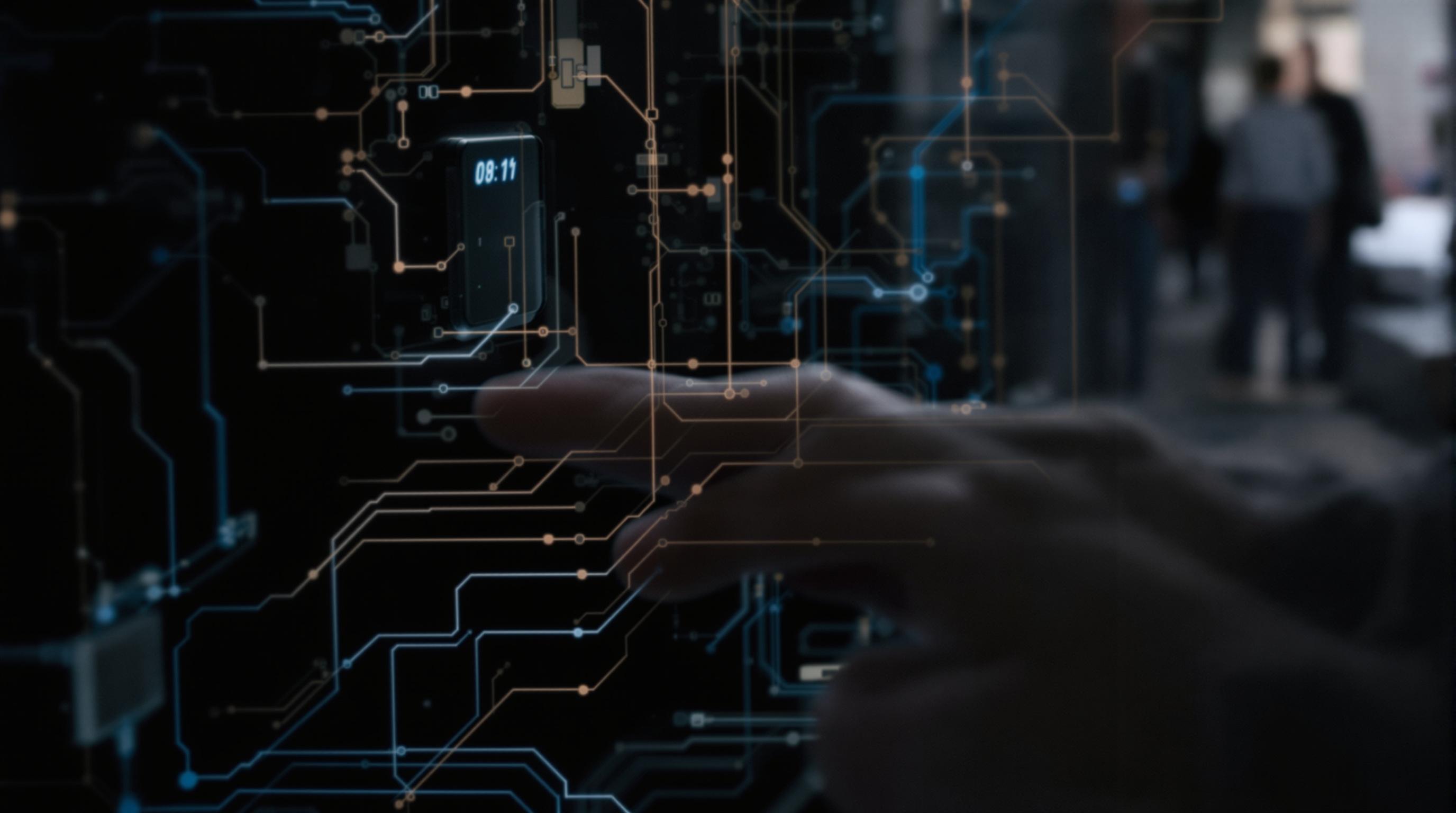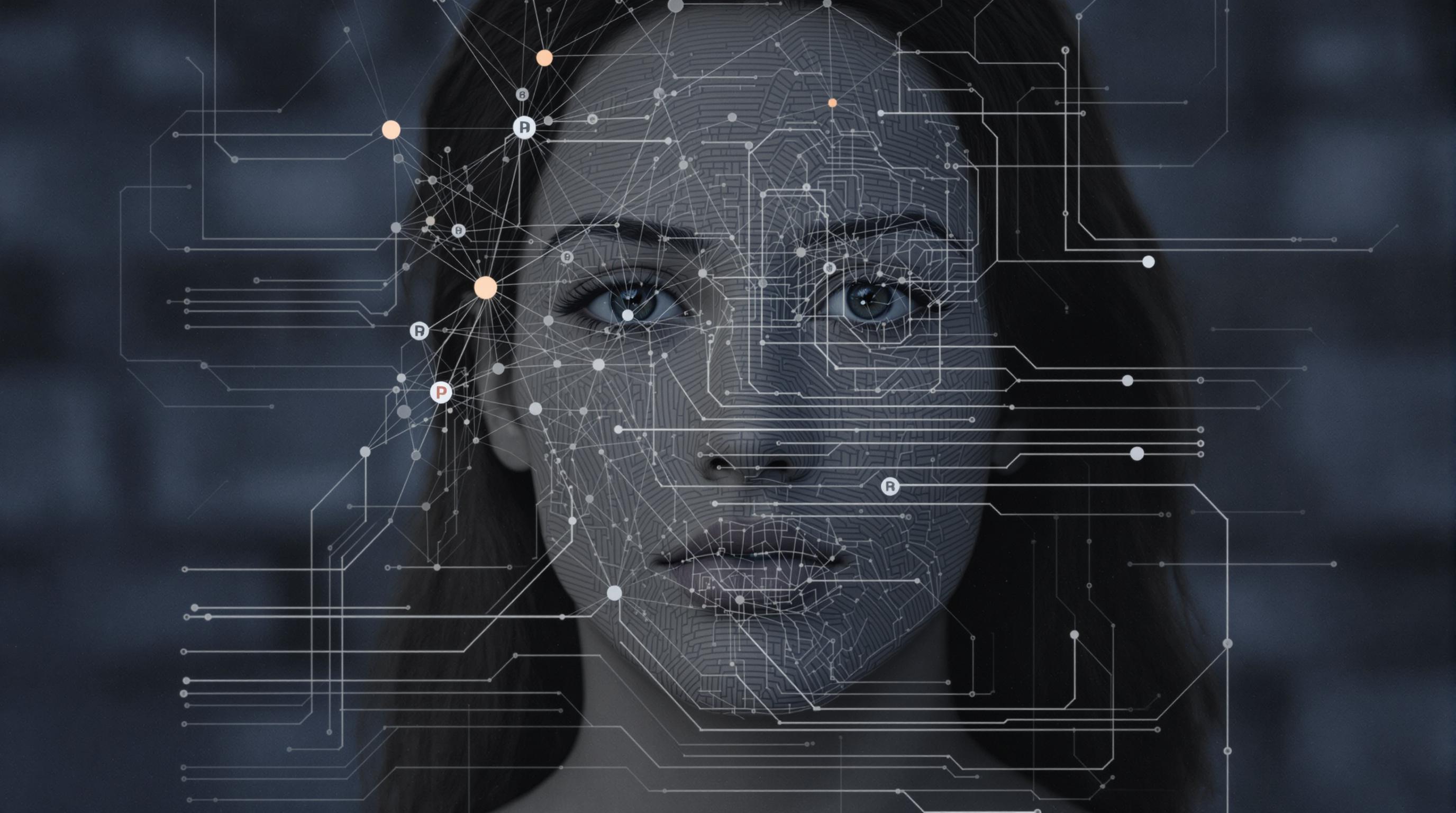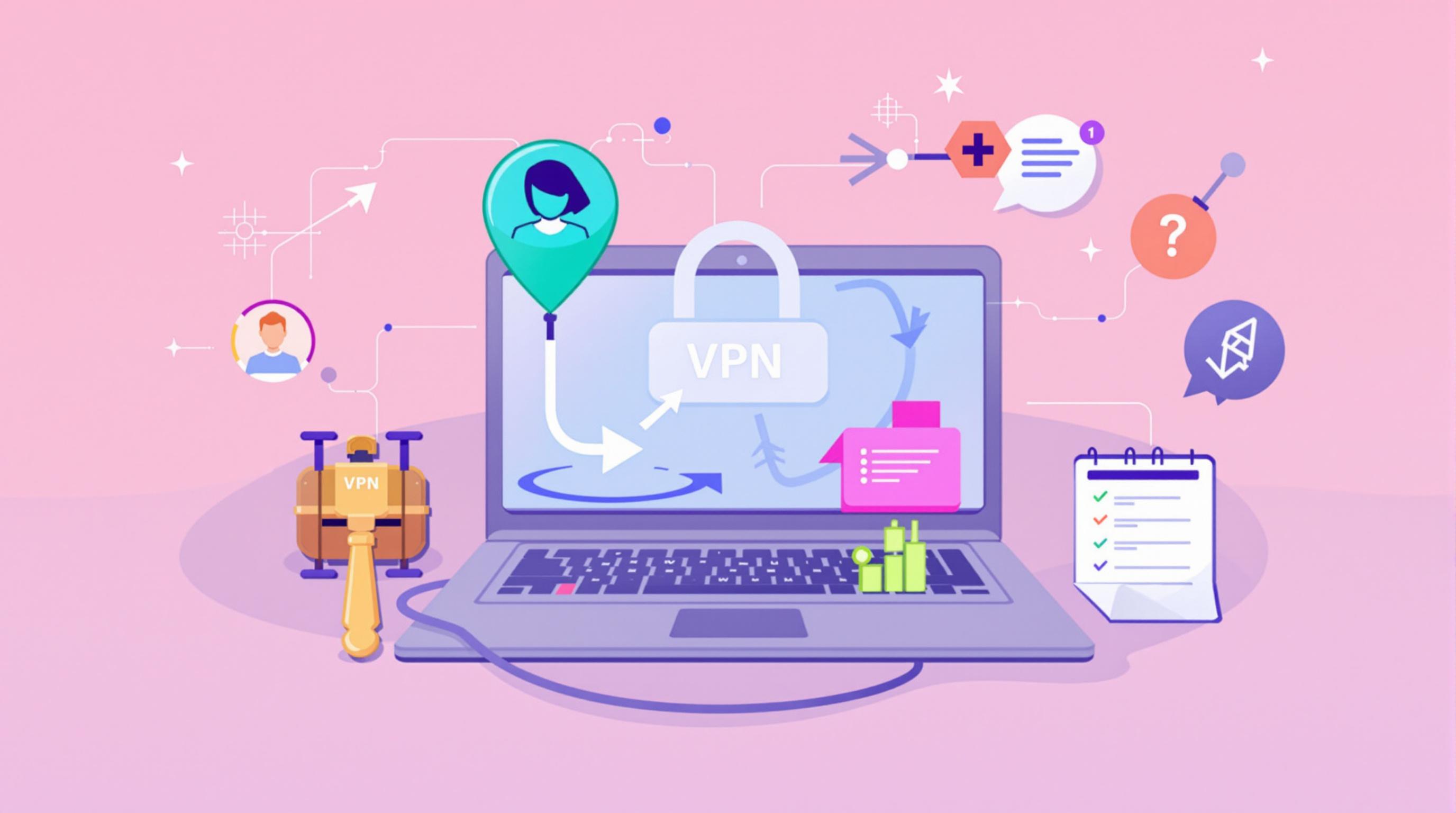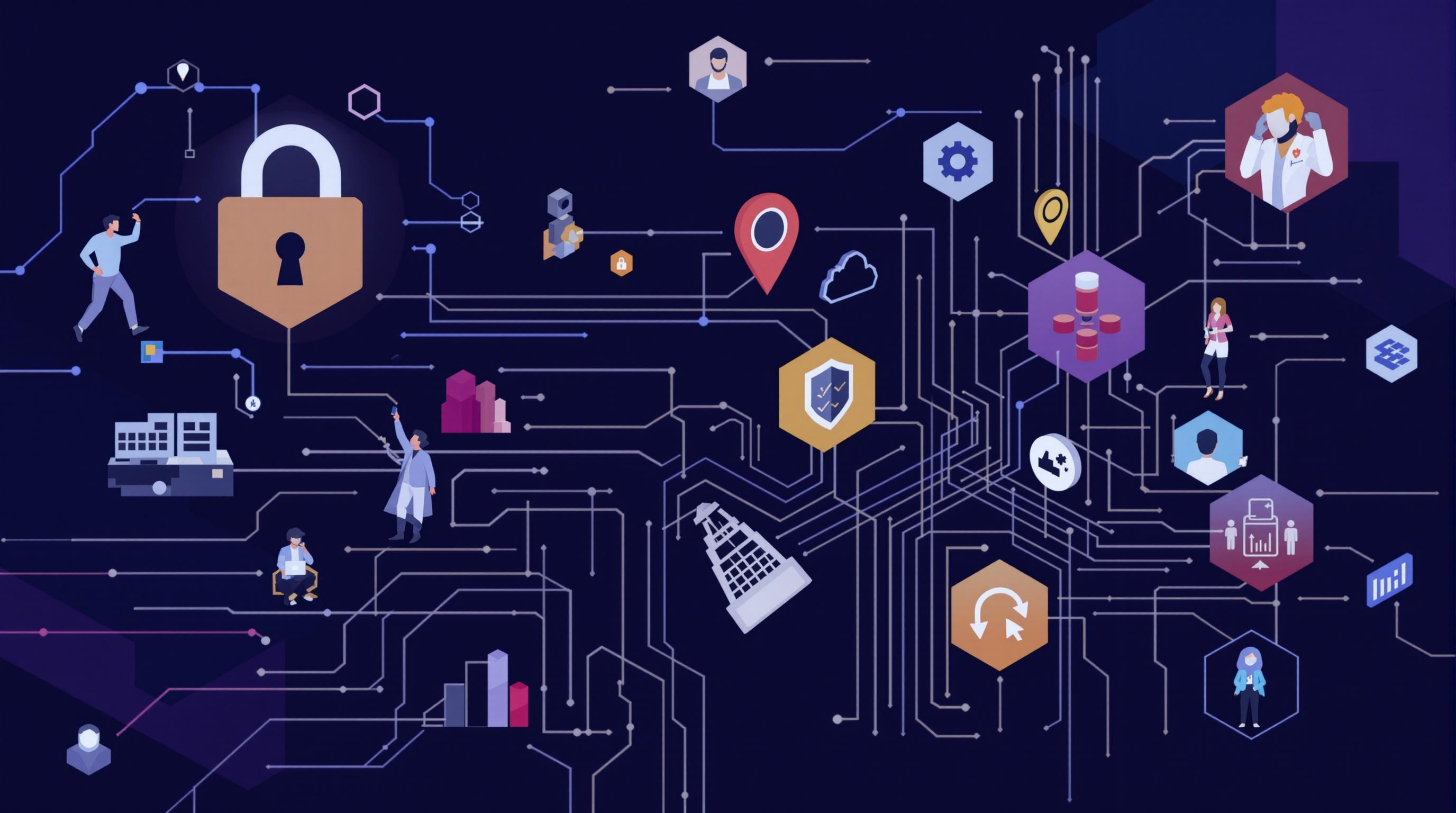Related Articles
- Unseen Boundaries: How Privacy Laws are Shaping the Ethics of AI and Biometric Data Use in Everyday Life
- 5 Emerging Privacy Gadgets from the Last Five Years That Are Redefining Data Control in Unexpected Ways
- 7 Cutting-Edge IoT Security Devices Released Since 2019 That Are Changing How We Protect Smart Homes
- When Everyday Objects Turn Rogue: Unveiling the Unseen Risks of IoT Device Mischief in Smart Homes
- 7 Cutting-Edge VPNs Evaluated for Compliance with New Privacy Laws and User Rights in the Last Five Years
- 5 Game-Changing Cloud Privacy Gadgets Launched Recently That Outsmart Mainstream Security Solutions
5 Emerging Privacy Gadgets from the Last Five Years That Are Redefining Data Control in Unexpected Ways
5 Emerging Privacy Gadgets from the Last Five Years That Are Redefining Data Control in Unexpected Ways
Privacy gadgets from the last five years have dramatically shifted how we control our personal data, blending innovation with practicality. This article explores five groundbreaking devices that are redefining data ownership in ways both surprising and impactful.
The Rise of Personal Data Vaults: Guarding Your Digital Footprint
Imagine having a digital safe where only you hold the key. Personal Data Vaults, such as MyDataMyChoice Vault, have emerged as a revolutionary concept, allowing users to store, manage, and selectively share their data on their terms. Unlike traditional cloud storage, these vaults emphasize encryption and user-controlled permissions, significantly reducing the risk of data breaches.
According to a 2022 study by IDC, users with access to personal data vaults report a 45% higher confidence in online privacy. By giving users granular control, these vaults empower individuals to monetize or restrict access to their information without sacrificing convenience. It’s a shift from passive data subjects to active data owners.
Encrypted Communication Devices: The New Standard in Private Messaging
Remember the days when texts were just texts? Now, gadgets like the SilentCircle Blackphone 2 provide end-to-end encrypted calls, texts, and even emails, all bundled into a sleek smartphone design. These devices not only encrypt but also anonymize metadata, a subtle yet powerful method to keep users truly untraceable.
Case in point: Journalists and activists in several authoritarian countries have turned to these gadgets for secure communication channels, significantly lowering the risk of government surveillance. The Blackphone 2’s success story highlights a growing demand for privacy-focused hardware in an age of intrusive monitoring.
A Humorous Take on Biometric Spoofing Protection
Let’s face it—fingerprint scanners have been fooled by gummy bears and high-res photos. Enter the BioGuard Ring, a quirky wearable that not only scans your fingerprint but cross-checks pulse and temperature for a biometric trifecta. Yes, it’s like your ring asking, “Are you really you?” and catching imposters like a well-trained bouncer at an exclusive nightclub.
Invented in 2021, this gadget blends fun and function to tackle biometric spoofing, an increasingly common threat. As biometrics become mainstream, gadgets like the BioGuard Ring ensure that your identity isn’t just skin-deep.
Data Detox Wearables: Fighting Digital Overexposure
With the rise of IoT and constant connectivity, data overload is a real issue. Enter wearables like the PrivacyPulse Band, designed to detect and alert you about nearby data sniffers or rogue Wi-Fi networks attempting to collect information silently.
These devices use real-time scanning combined with intuitive alerts, effectively acting as a personal privacy watchdog. Early adopters have reported a 60% reduction in unauthorized data access attempts since using the PrivacyPulse Band. It’s privacy protection that’s proactive, not reactive.
The Blockchain-Powered Identity Wallet: A New Dawn for Authentication
Traditional passwords are passe; identity wallets secured by blockchain are revolutionizing how we prove who we are. Devices like the ChronoID Wallet, introduced in 2019, harness blockchain’s immutable ledger to store identity credentials securely, enabling decentralized verification without exposing personal data.
According to World Economic Forum reports, decentralized identity systems could reduce identity fraud by up to 40%, making gadgets like ChronoID ahead of the curve in securing online presence. Instead of handing over passwords, users can share verified credentials with a simple tap, controlling exactly what information is disclosed.
A Story of Privacy Empowerment: Meet Jane, the Data Ownership Advocate
Jane, a 34-year-old graphic designer from Portland, felt overwhelmed by constant data harvesting. After adopting the MyDataMyChoice Vault and PrivacyPulse Band, she regained control—choosing which apps saw her data and avoiding hidden trackers during daily commutes. Her story is not unique; thousands worldwide are embracing privacy gadgets as shields rather than waiting for legislative fixes.
Jane’s experience captures the essence of this privacy revolution: technology returning power to users through thoughtful, user-friendly design.
In Conclusion: The Future Is User-Controlled
From secure vaults and encrypted phones to smart wearables and blockchain wallets, these five gadgets represent a paradigm shift toward individual data sovereignty. They demonstrate that privacy is not just a lofty ideal but an achievable reality, leveraging technology with user empowerment at its core.
As these innovations gain traction, the conversation around digital privacy will no longer be about surrendering data but about managing and owning it—an exciting, necessary evolution for the digital age.




